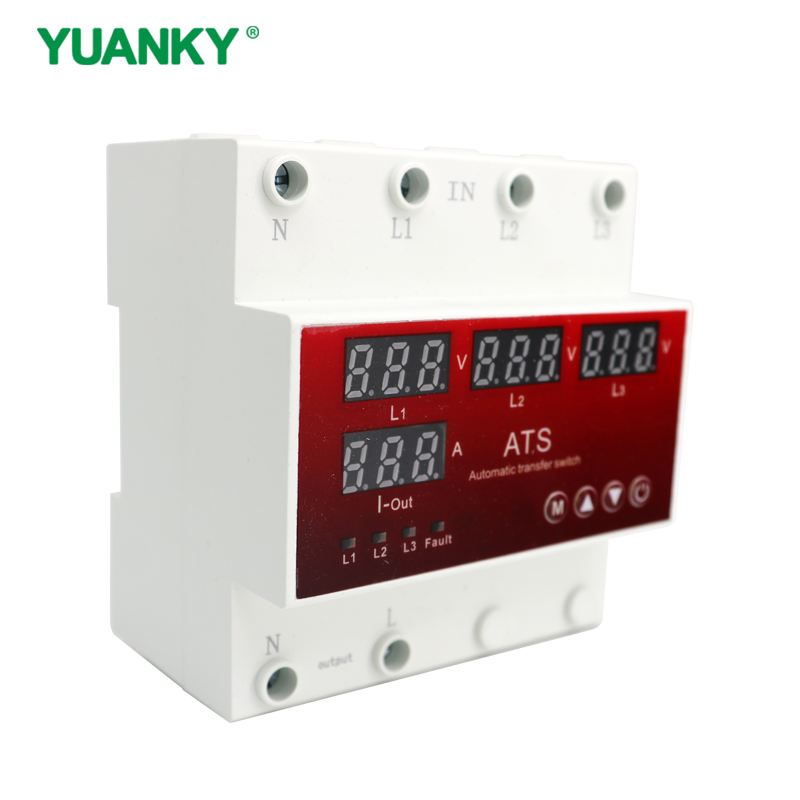What is the purpose of an automatic transfer switch?
The main purpose of an ATS, as a critical component of a functional power system, is to connect the electrical equipment in a facility to backup power in case the facility’s primary power source goes down or fails. Implementing an ATS in the power system ensures that all machines that require continuous or near-continuous uptime continue operating even if there is a power outage or failure.
An ATS is commonly implemented anywhere that machine downtime can have a catastrophic impact on organizational productivity, service delivery, or even human lives. Hospitals, data centers and factories are among the many facilities that can benefit by implementing an ATS since it ensures minimal disruptions or downtime to power availability.
Functions of an ATS
Detecting power failures is among the most important functions of any ATS. It does this by monitoring the voltage and frequency of the primary power source continuously. When these parameters go out of range, the ATS initiates load switching and transfer to the secondary power source.
Since the ATS is connected to both primary and backup power sources, it serves as an intermediary between equipment and the power supplies, acting as an electrical relay. Designed to carry current continuously, it keeps all electrical loads connected to either of the power sources (primary or secondary). To prevent downtime, the ATS remains connected to the power distribution circuits, even under circumstances involving short-circuit or fault currents.
An ATS can also act as a redundant, rack-mounted power supply for equipment connected to a power source with only one cord. Finally, the ATS is meant to both sense when the primary source is restored and retransfer the load to it (from the secondary source) post-restoration.
How does an ATS work?
By default, the ATS is connected to the primary utility power source. When a failure occurs in this system, the ATS invokes a standby power source, such as an uninterruptable power supply. An ATS can also start up more long-term backup power systems, such as local diesel generators, to run electric equipment until utility power from the primary source is fully restored.
The typical load-switching process includes these steps:
- The primary power source fails.
- The ATS checks that the power from the secondary source is stable and within acceptable voltage and frequency tolerance levels.
- The ATS automatically and near-instantaneously switches the load circuit to the secondary source.
- When the primary source is restored, the ATS returns the load from the secondary source to the primary source.
Depending on its design, an ATS can switch or transition the connection between primary and secondary power sources in one of three ways:
- Closed transition. Known as a make-before-break transfer, this is when the ATS connects equipment to the secondary power before closing the connection to the primary source, ensuring that machines will operate without interruptions and preventing downtime.
- Open transition. Known as a break-before-make transfer, this occurs when the ATS first breaks the equipment’s connection to the primary source and only then connects it to the backup source.
- Delayed transition. In this method, the ATS breaks the connection to the primary source before connecting to the backup source by adding a delay between the connections, usually to allow inductive load residual voltages to dissipate before the transition.

Post time: Sep-30-2025

